Captain’s Log Starship 1XE, Day 18 in the month March, Earth Calendar year 2021.
11,100 ft. The view of the San Juan mountains is spectacular as a storm whips through the highest of the peaks. For a change I am not stressed about bobbing and weaving though the ethers, as I am comfortably ensconced in a cabin watching the ebbs and flows of weather in the high country. It’s a time of reflection as this winter wonderland has provided the best of ski conditions and as the storm passes, I am provided with some rare moments of quiet and contemplation. COVID is ebbing just enough in our part of the world to ease some of the strictest restrictions and we are beginning our 2021 flying season with caution and optimism and have begun flying some passengers who conform to our COVID protocols. Just last week we took a trip to the Navajo Nation to deliver additional PPE as COVID still rages down there, and we combine this flight with a colleague doing mapping of watersheds and vegetation in riparian areas on tribal land. We are proud of our adaptability and what we have accomplished despite the challenges of the pandemic. We are still operating under pandemic conditions but looking forward to a day when flights will operate under normal conditions, whatever that new normal is.
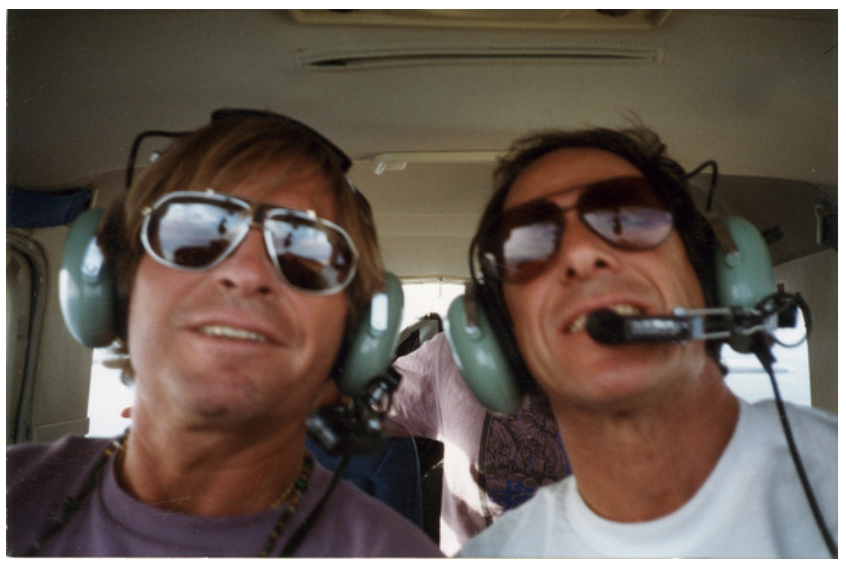
As I sit in the warmth of this remote refuge, a year into the pandemic, I am reflecting on some of the interesting flights of this last year, and we have picked out the following images to highlight these memories. While on the subject of my reverie, please listen to this recent podcast about yours truly. Talking to grizzly expert Louisa Wilcox brought back wonderful memories of the good ol’ days of the conservation community with my friend John Denver.
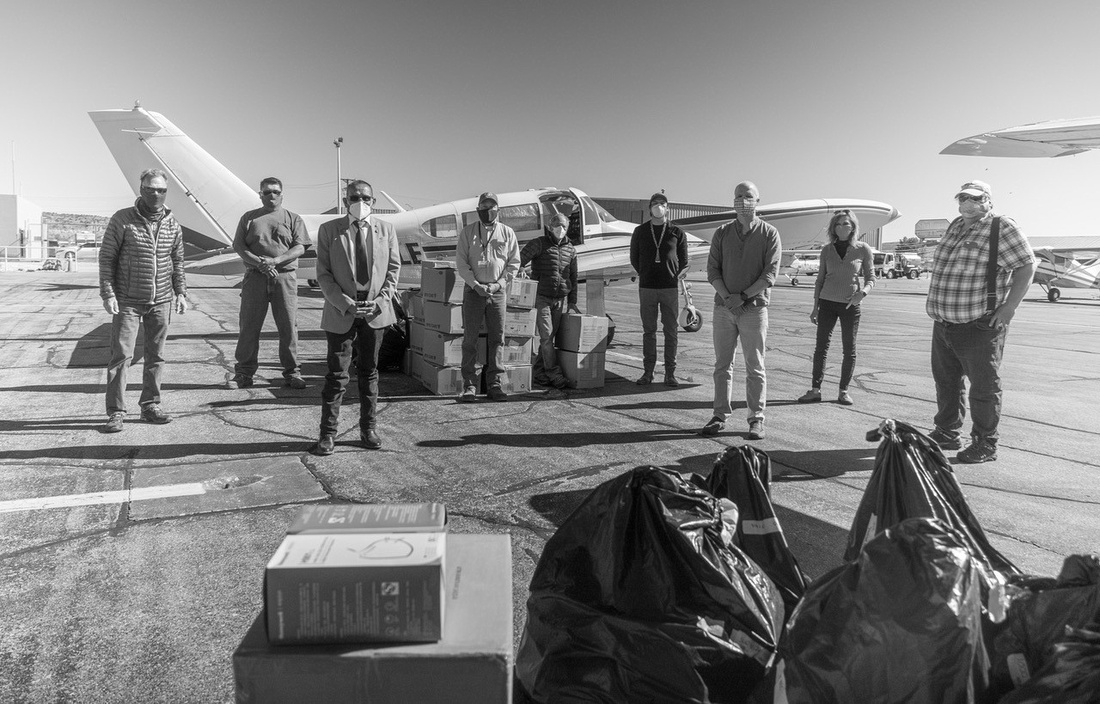
COVID – what to do when the going gets tough? The tough got going, and EcoFlight helped procure ¼ million PPE, and with the goodwill of 10 pilots from our local airfield, delivered the PPE to five tribes in eight remote airstrips.

Camp Pendleton – flying out of French Valley in California near Temecula over the San Mateo River, where steelhead trout still come upstream to spawn. We learned that the threat to this once excellent spawning ground is drought, and pollutants from the nearby Marine base. We worked with the Marines to obtain permission to enter their artillery range. Of a bigger note as we were flying low and slow to capture our footage we hit a huge air pocket, banging our heads. Of an even bigger note, I saw a big puff of smoke a mile off the wing, an artillery explosion, too close for comfort!
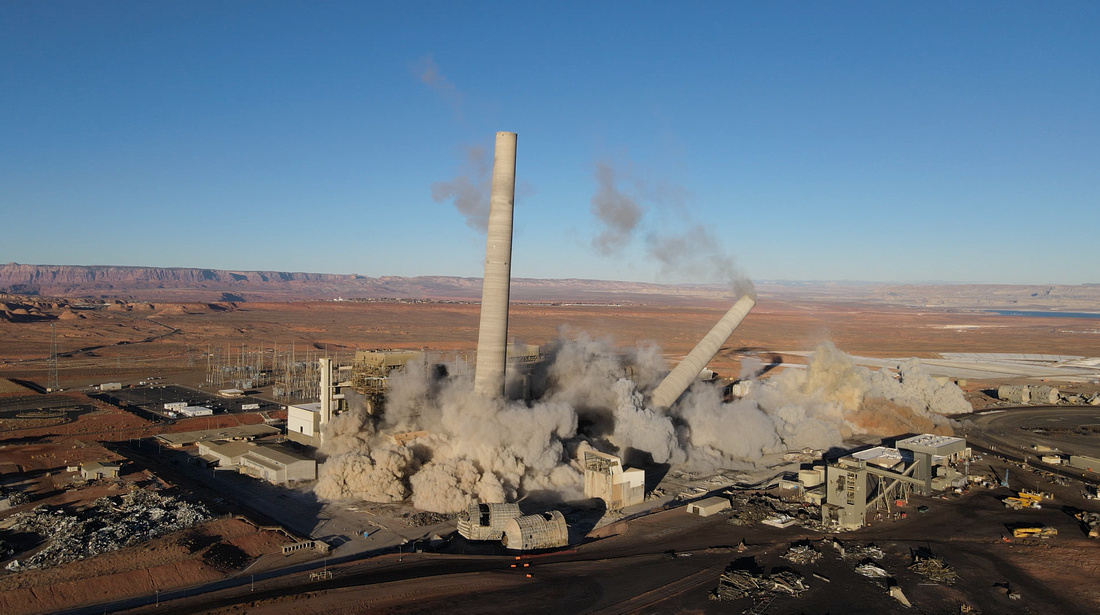
Navajo Generating Station – Sending out our ace videographer and drone expert, Jonathan Kloberdanz, we captured demolition and the end of an era, when the NGS smoke stacks were blown up near Page, AZ. Our video went viral, utilized by multiple news outlets around the country and the world.

The Jonah Field – We took the opportunity to experiment with a 360° GoPro that allows you to virtually maneuver the resulting video in any direction you choose. A great innovation that lends more reality to the virtual, especially when flying low and slow over these heavily developed natural gas fields.

The Trinity Alps and the Trinity River – an area of unheralded majesty. The Alps are a subrange of the Klamath Mountains in northern California, and if the bill passed by House in early March is made into law, it will protect approximately 260,000 acres of wilderness in and around Trinity and Six Rivers National Forests.
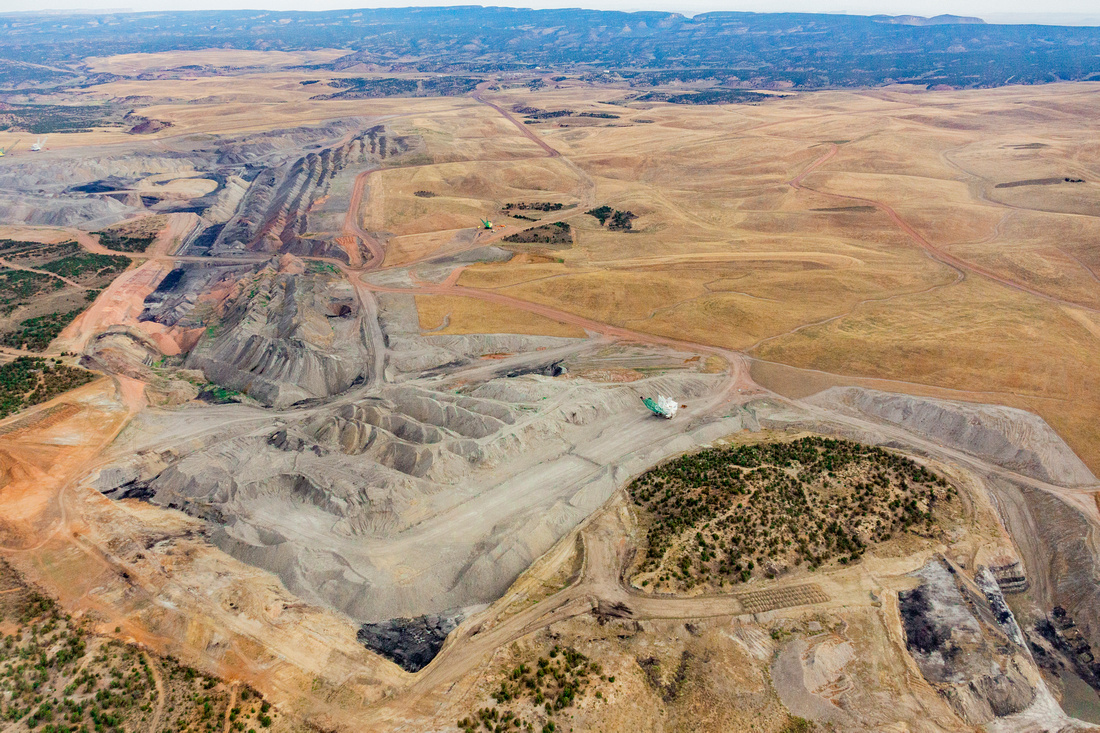
Black Mesa Coal Mine – Kayenta is located 25 miles south of Monument Valley. Just above Kayenta is Black Mesa which has traditionally been an abundant source of coal. The mines have shut down and are in the process of reclaiming the devastated landscape. A series of flights has documented this area to see how that process is coming along.
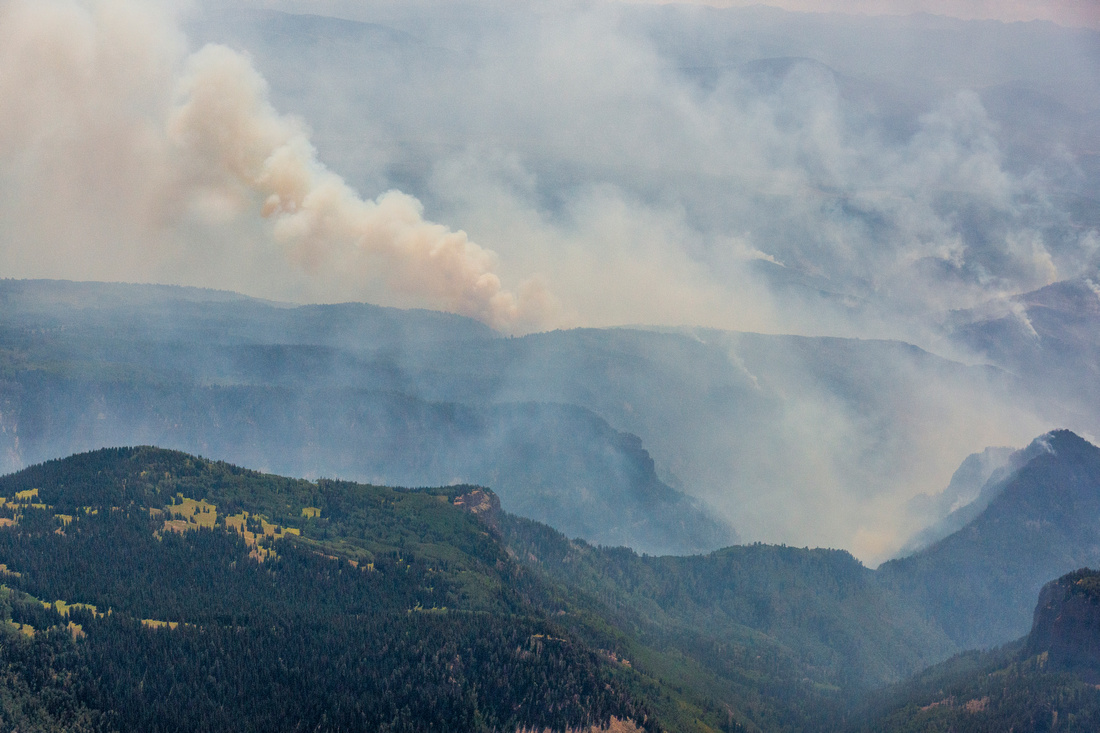
Fires – As if COVID was not enough, the West struggled with one of its worst wildfire seasons ever in 2020. Our flights provided some of the first images of these catastrophes from our own Grizzly Creek fire near the I-70 corridor in Colorado and multiple fires from Wyoming to California. We chose to camp on obscure airstrips, due to COVID, often alongside the heroes who were fighting these fires.
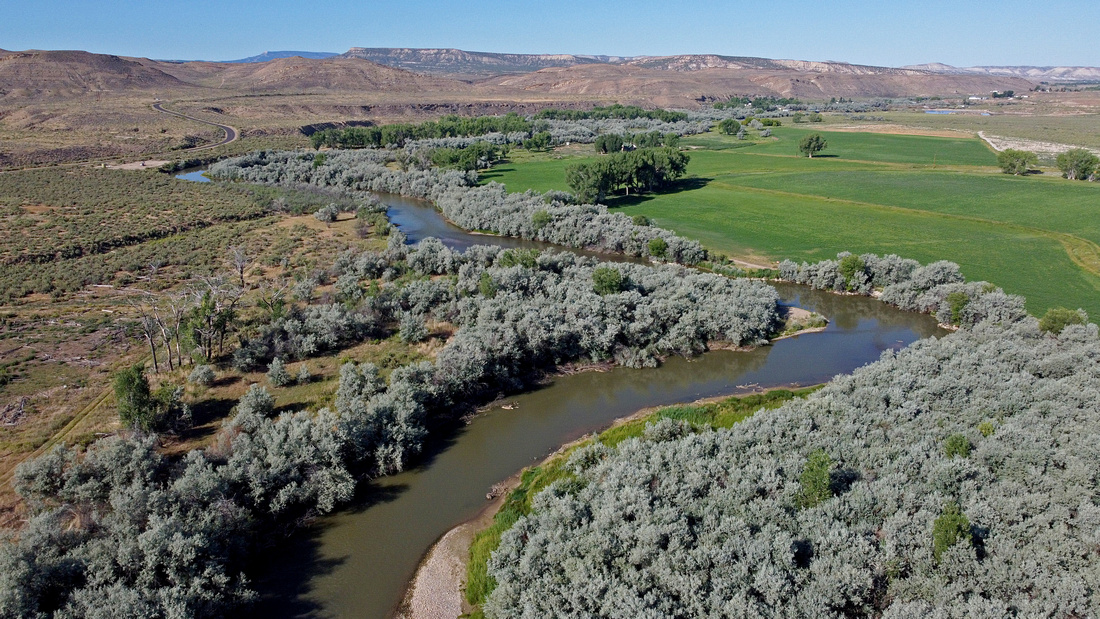
White River – We flew scientists over the White River in Colorado and Utah to take photos and create a video with compelling GoPro and drone footage to identify vegetation types and areas suitable for upcoming restoration projects..

Upper Blackfoot – A magnificent area up in Montana made famous by the Robert Redford film A River Runs Through It. Our virtual aerial educational tours highlight the wildlife and biological corridors joining the Crown of the Continent area to the Bob Marshall Wilderness, and up into Glacier National Park.
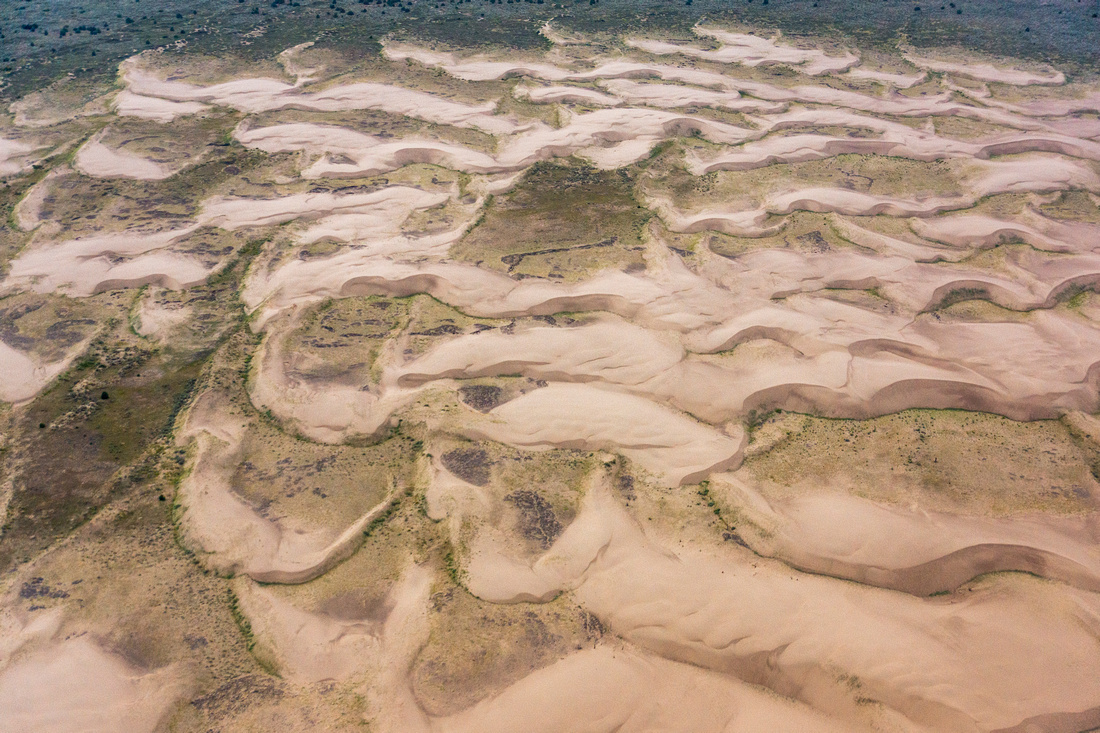
Sand Creek Desert – Just west of Yellowstone in Idaho is an important wildlife area that is threatened by mining. It is of critical importance to have a buffer zone around our first National Park. These sand dunes provide wintering range for wildlife emanating from the park.
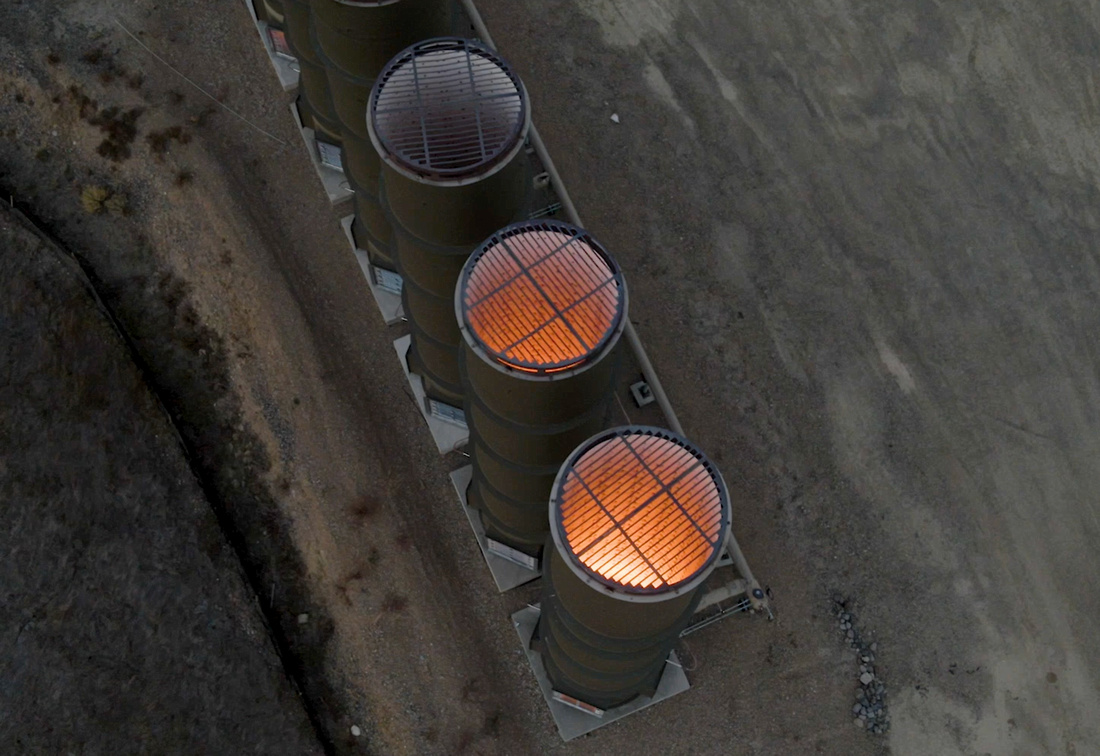
Methane Flaring – When the Colorado Oil & Gas Conservation Commission held a hearing in Denver, CO, about methane emissions, we flew over North Park, near Walden, CO, to capture footage of methane being purposely vented into the air due to the cost of containment and storage. The video informed the commission’s rule making session.
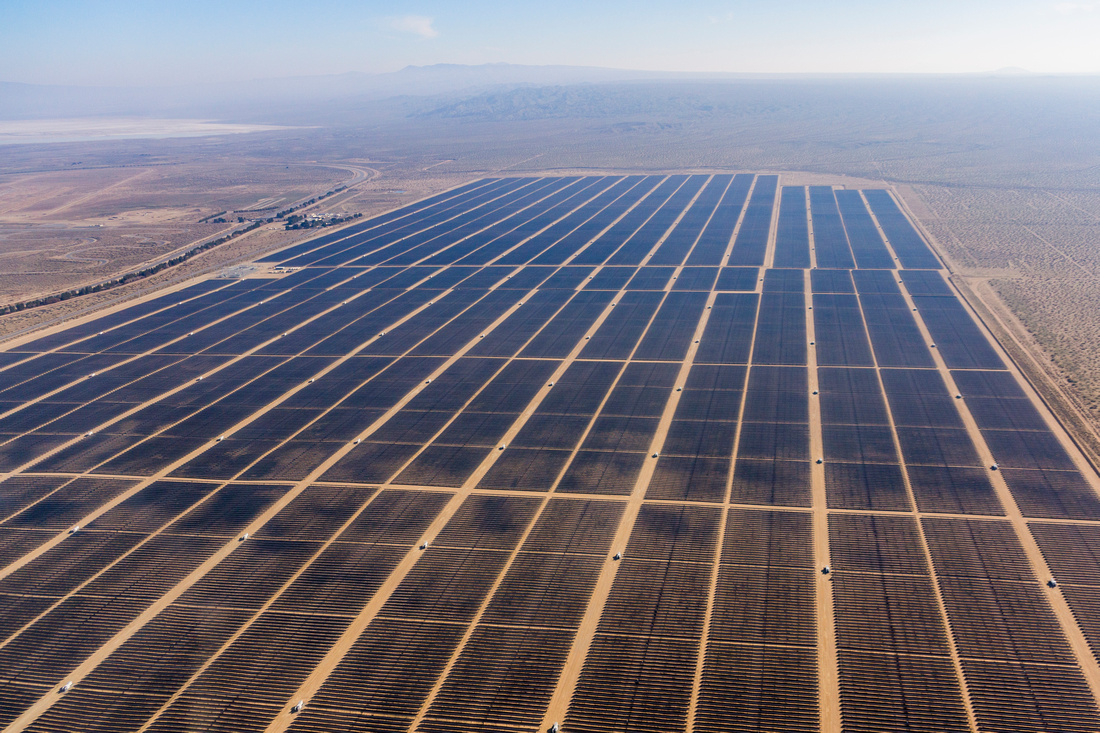
Beacon Solar Project – These huge solar fields represent a growing interest as we transition to renewables. Many conservation organizations are concerned that these renewables are sited responsibly, and our overflights and videos are aiding in this education.

The Grand Canyon – the Little Colorado River has become a focus of conservation concerns, where everything from hydro pump storage dams to trams down to its confluence with the Colorado River is threatening important cultural sites for the Hopi and Navajo Nations.
These are just some of the cool overflights that we accomplished this first year of the pandemic.
As you can see, COVID might have slowed us down a bit but sure did not stop us being your eye in the sky for conservation.

Bruce Gordon